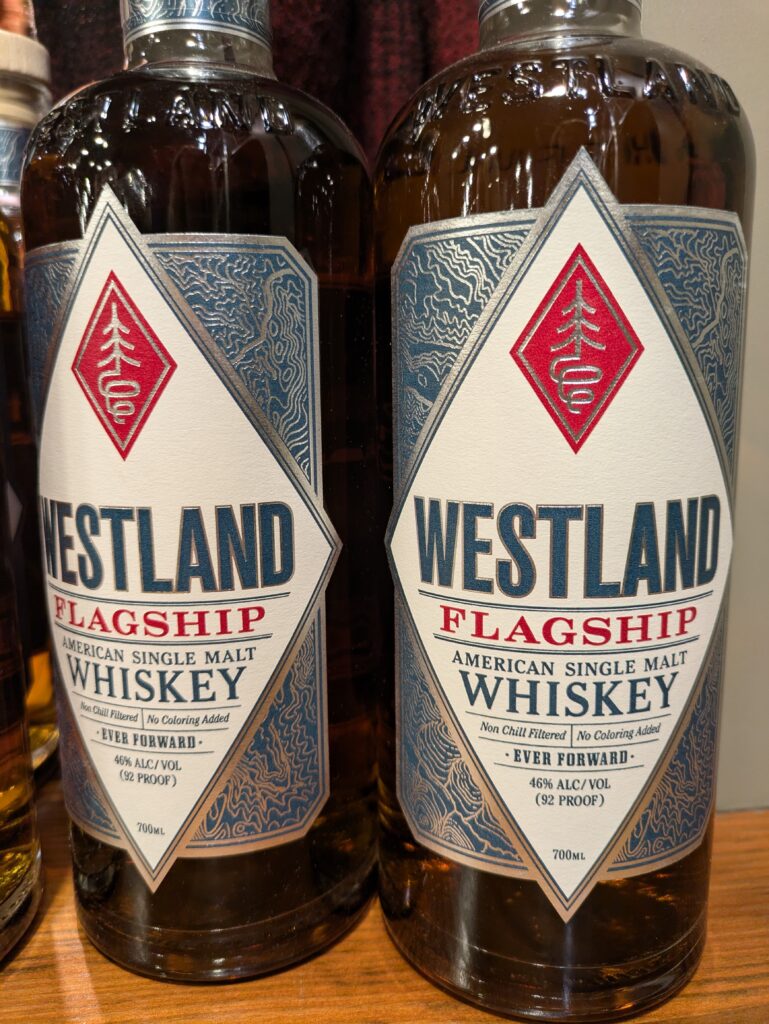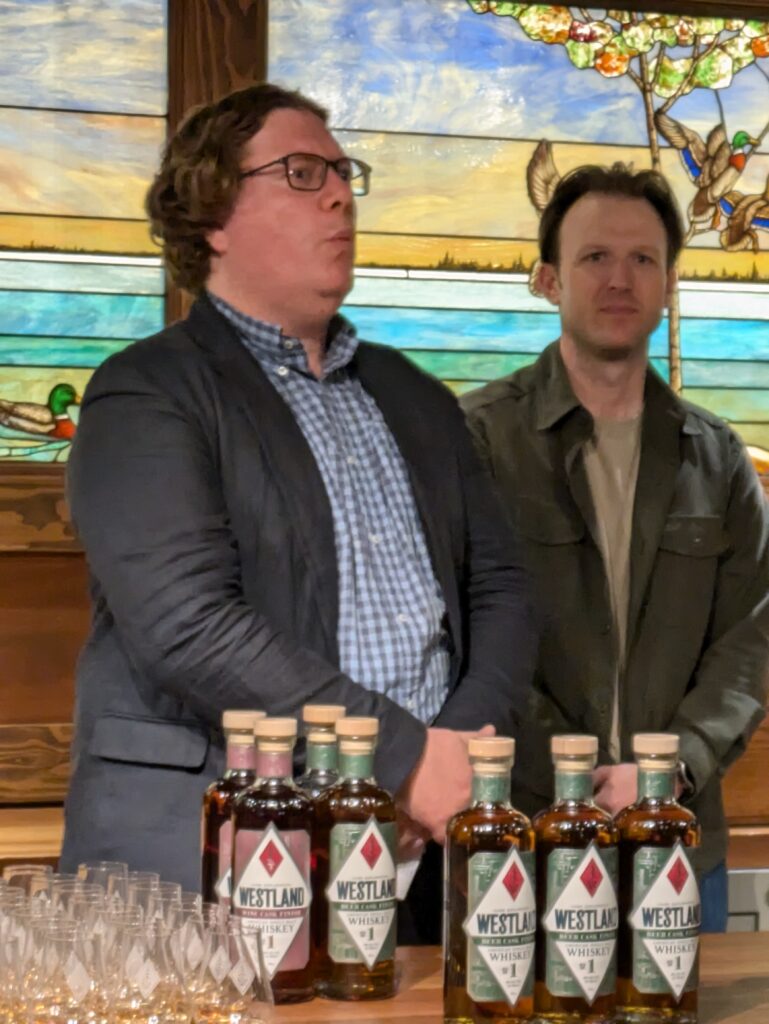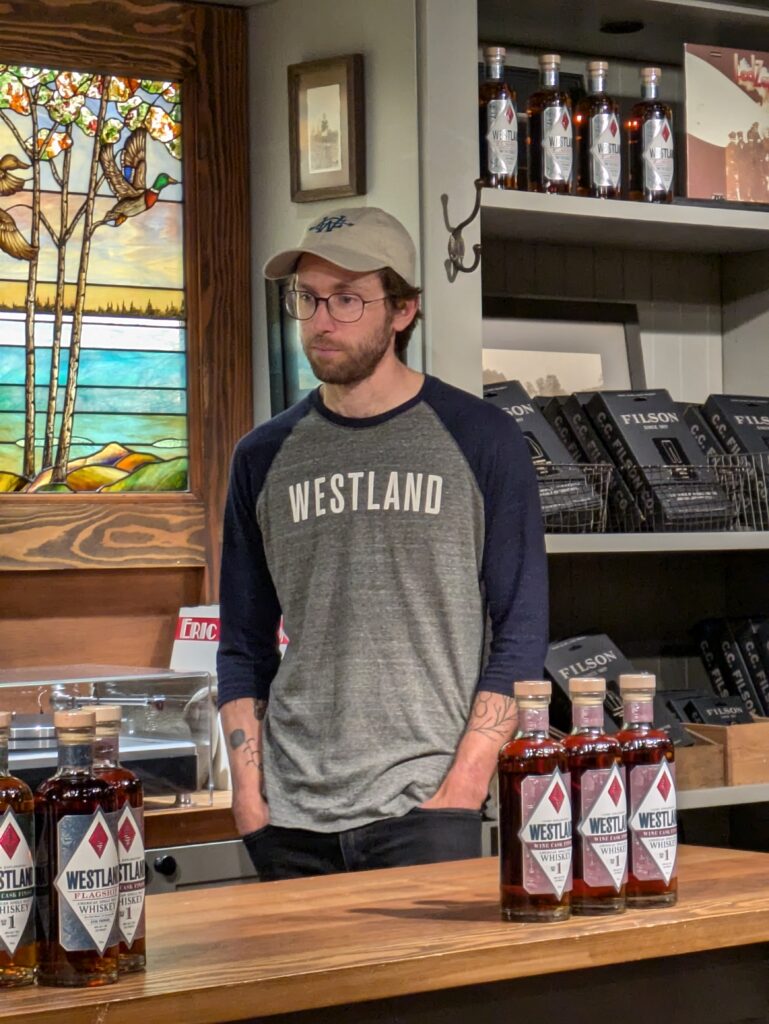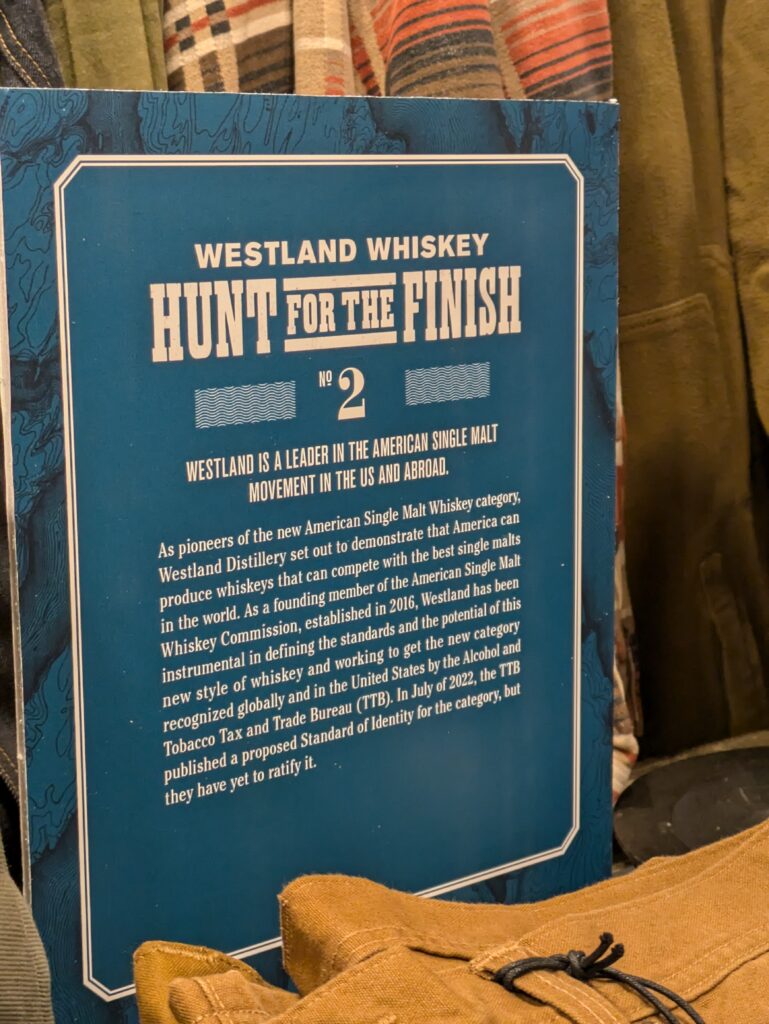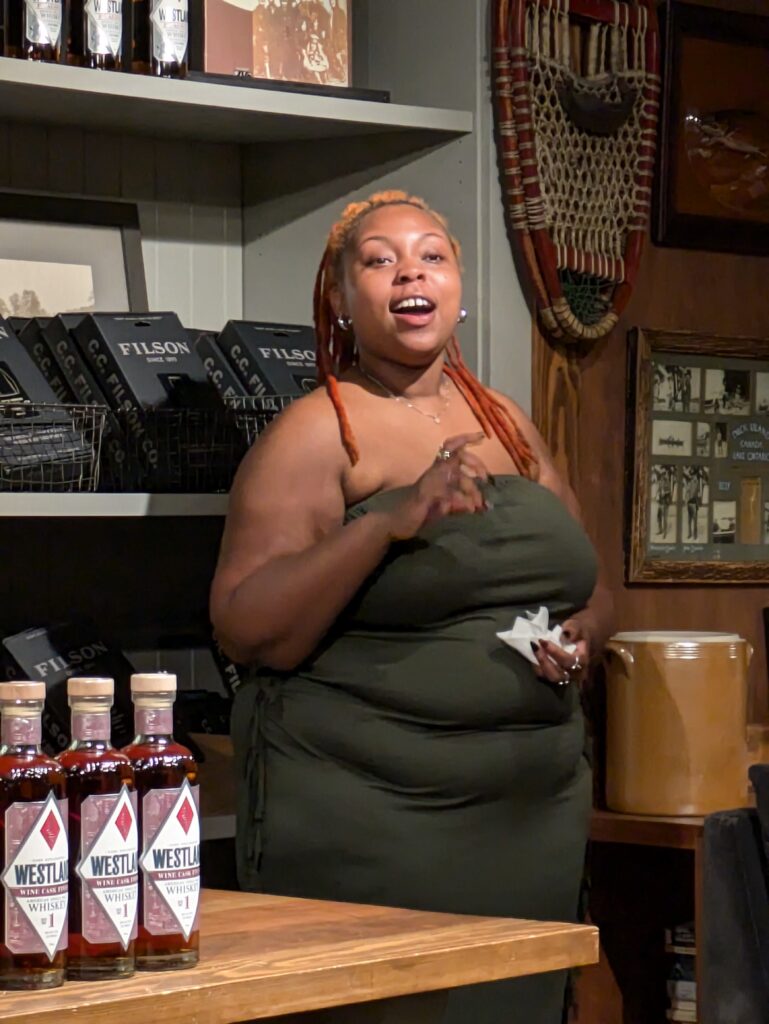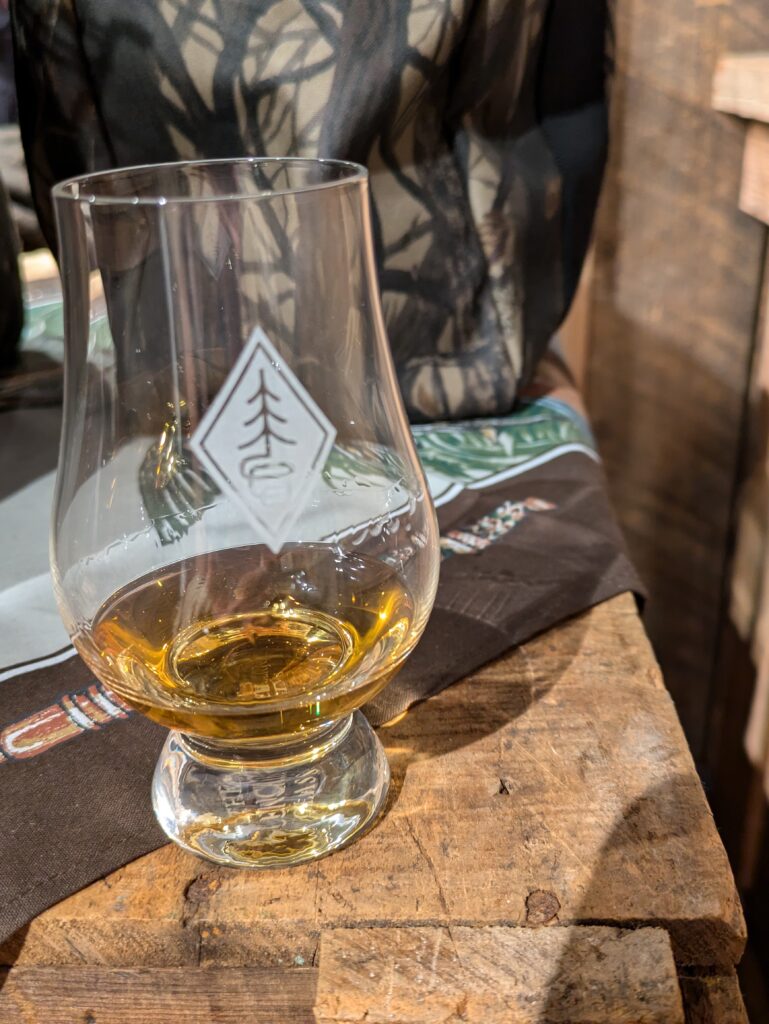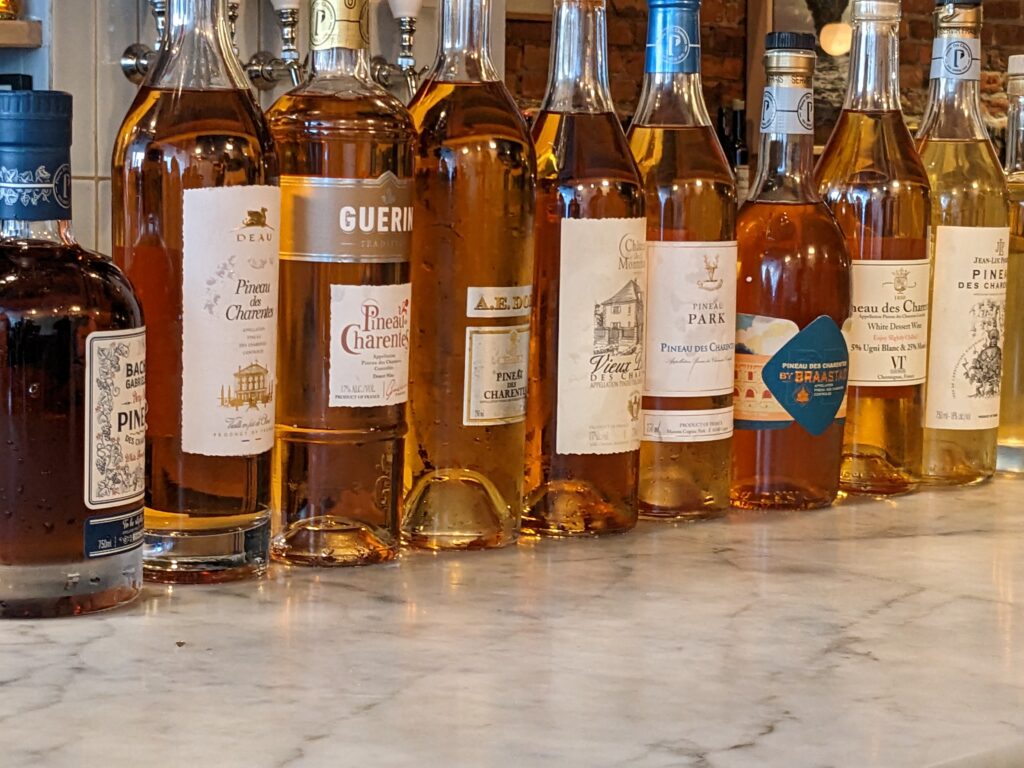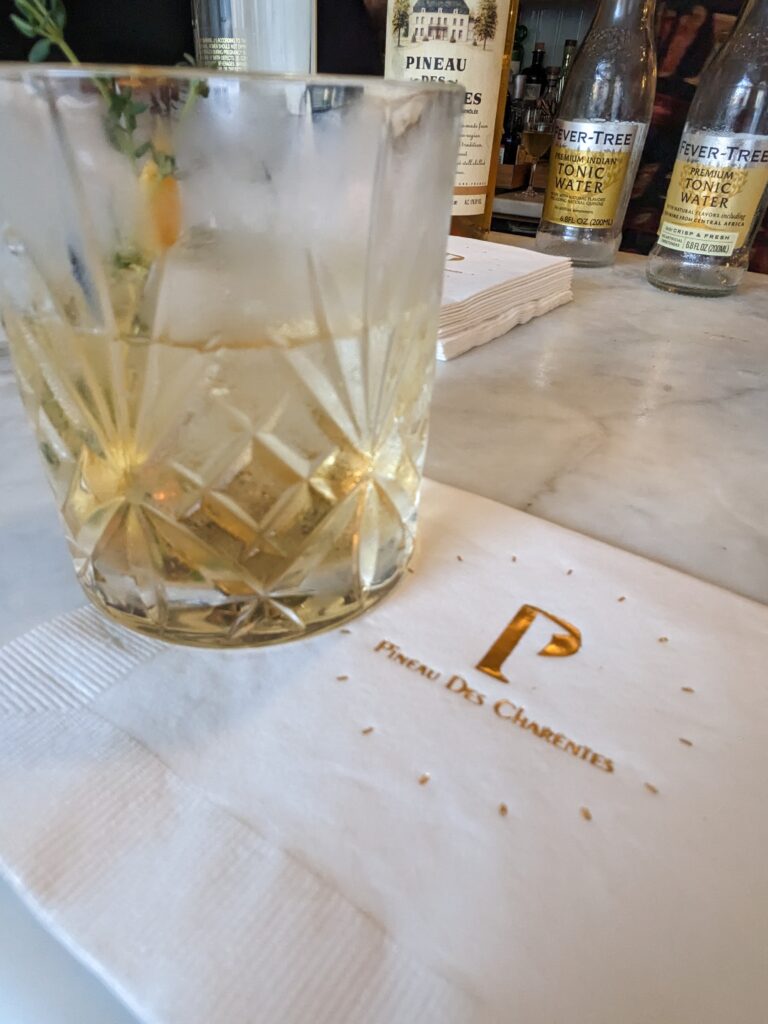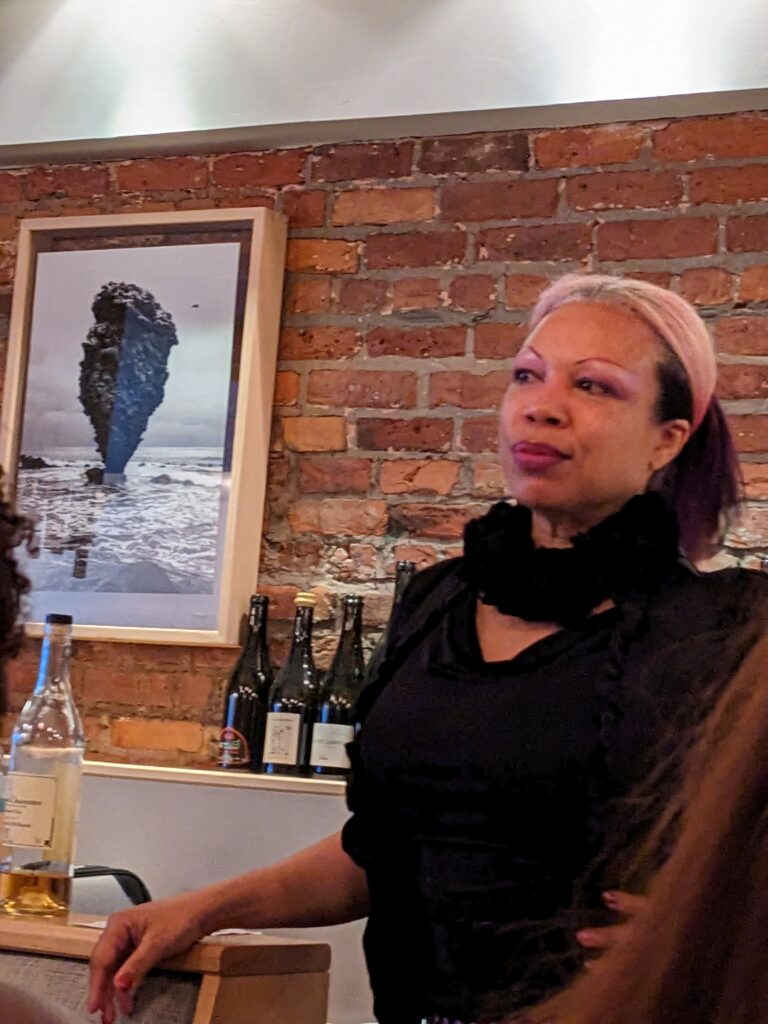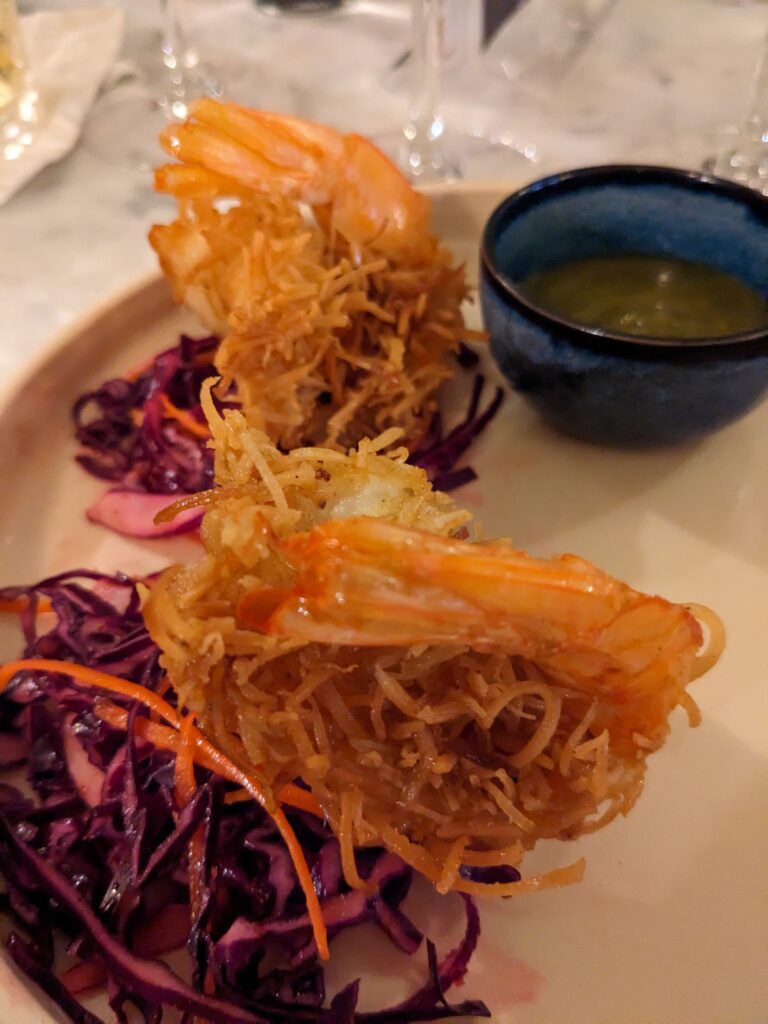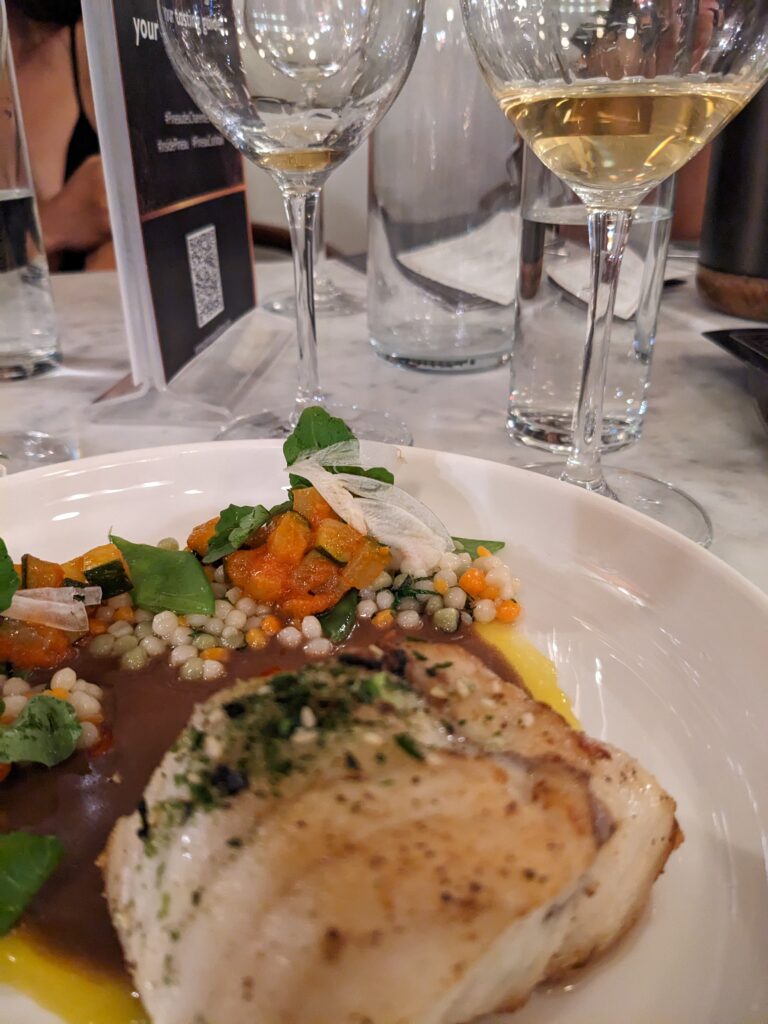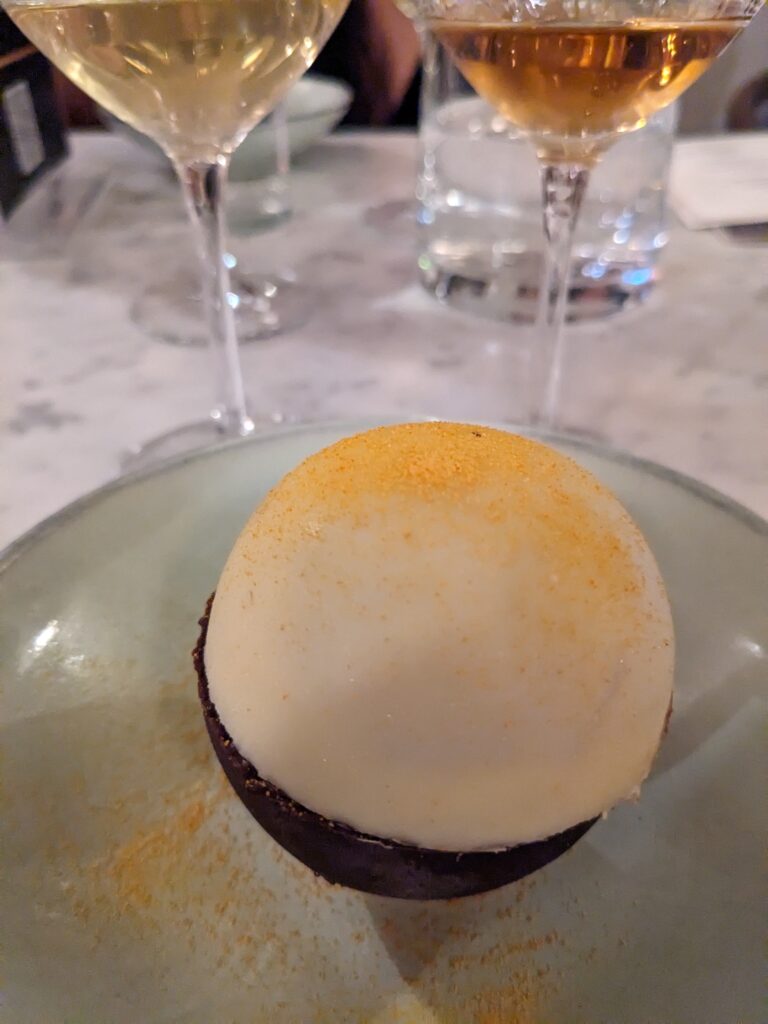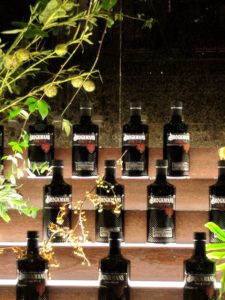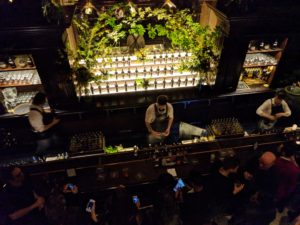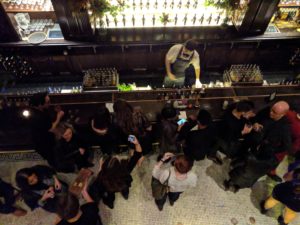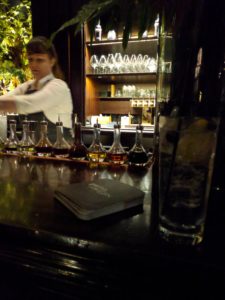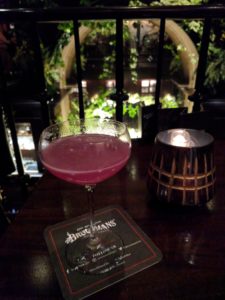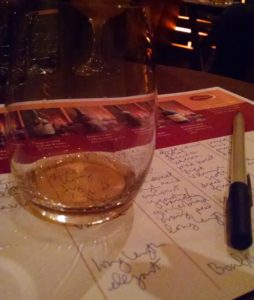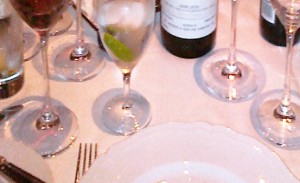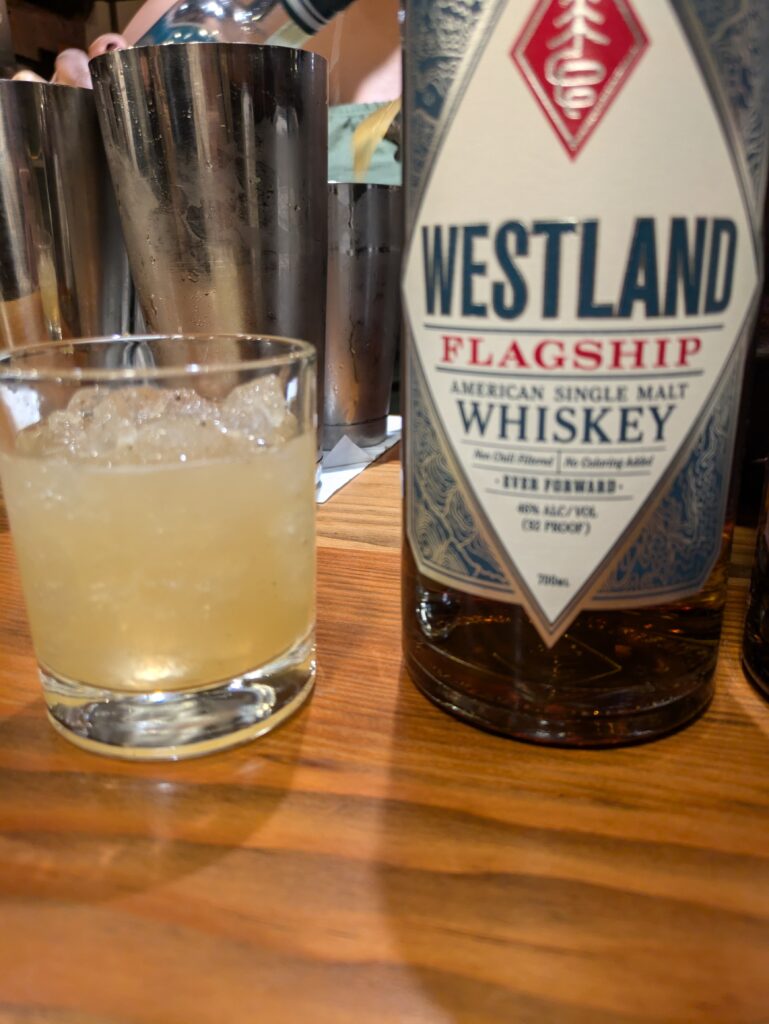
You might be familiar with Scotch, Bourbon or Rye, but are you knowledgeable about American Single Malt Whiskey? This up-and-coming spirit category is being driven by Westland Distillery, a Seattle, WA-based business that was established in 2010.
A recent event held at the Filson NY Flagship store provided an opportunity to become acquainted with these spirits as well as really get to know the company behind them. Present at the tasting were Master Blender Shane Armstrong, Managing Director Jason Moore who were joined by Cocktails & Spirits Expert Noah Rothbaum.
As a business operation, Westland Distillery’s achievements over the past 14 years are very impressive. The booze producer received recognition as a Certified B Corp in early 2024, committing to transparency, social accountability and environmental sustainability.
Moreover, they are firmly focused on producing the highest quality products, while ensuring that their impact on the community as well as on the earth is a positive one. These efforts include preserving the Garry Oak species of American Oak, giving their spent barley to local farmers to use as animal feed, and ensuring that barley farmers are appropriately and fairly rewarded for their crops.
Additional measures have focused on earning Certified Organic and Salmon Safe status by 2025 on its 80-acre property in the Skagit Valley. This achievement, coupled with their other sustainability commitments will permit them to achieve “regenerative organic” certification by 2027.
But, as noted, they are just as obsessive about making high end, American single malt whiskey, trailblazing this new style of whiskey and helping to protect it as a category through its efforts with the Alcohol and Tobacco Tax and Trade Bureau. Through this initiative, Westland co-founded the American Single Malt Whiskey Commission in 2016 and has crafted definitions and standards.
So, what exactly is American Single Malt Whiskey? Looking the American Single Malt Whiskey Commission’s website, the defining elements are as follows:
— MADE FROM 100% MALTED BARLEY
— DISTILLED ENTIRELY AT ONE DISTILLERY
— MASHED, DISTILLED AND MATURED IN THE UNITED STATES OF AMERICA
— MATURED IN OAK CASKS OF A CAPACITY NOT EXCEEDING 700 LITERS
— DISTILLED TO NO MORE THAN 160 (U.S.) PROOF (80% ALCOHOL BY VOLUME)
— BOTTLED AT 80 (U.S.) PROOF OR MORE (40% ALCOHOL BY VOLUME)
So, the key elements are its sole reliance on malted barley and on being distilled solely in one place, along with all production taking place within the U.S. Also, it must be matured in oak casks with specific requirements regarding distillation and bottling strength. This is unique in that Bourbon has a mash bill that requires 60-80% corn and can include other grains in addition to corn and barley. Further, the reliance on producing everything within a single distillery is what sets it apart as single malt and not being a blended malt whiskey.
Of course, at the end of the day, the proof is in the pudding or rather, in the glass, and after tasting through Westland’s Beer Cask Finished American Single Malt and its Wine Cask Finished American Single Malt, it is evident that these are beautifully made spirits. The distillery is doing some really unique things with their barrels that ultimately result in interesting and well-crafted whiskeys. In particular, through this Cask Exploration Series, Westland lends out used barrels to local craft breweries and Washington wineries and then, upon return of those barrels, uses them to age its whiskey and then blending different barrels together in pursuit of the finished product. As they explain, the resulting whiskey “uniquely express the Pacific Northwest’s distinctive terroir and rich cultural tapestry.”
Overall, it was a true pleasure to learn about Westland and enjoy the fruits of Shane’s labors.

